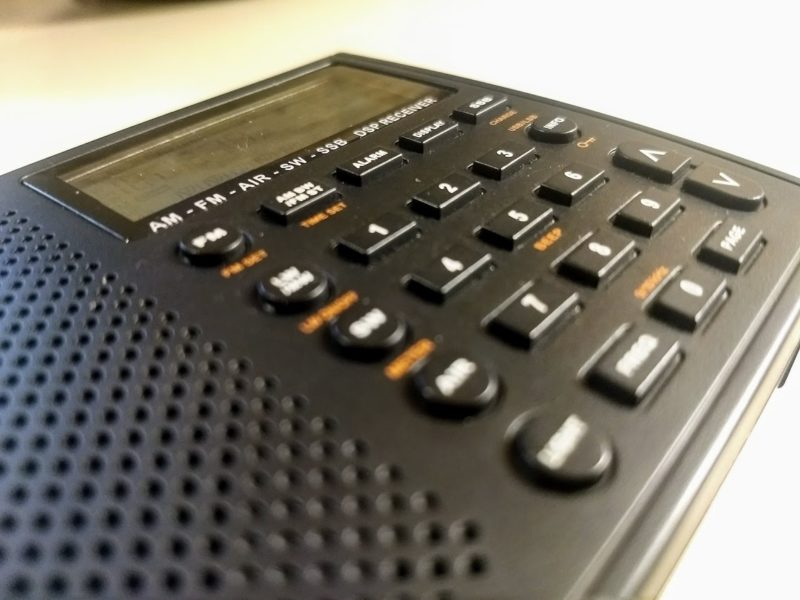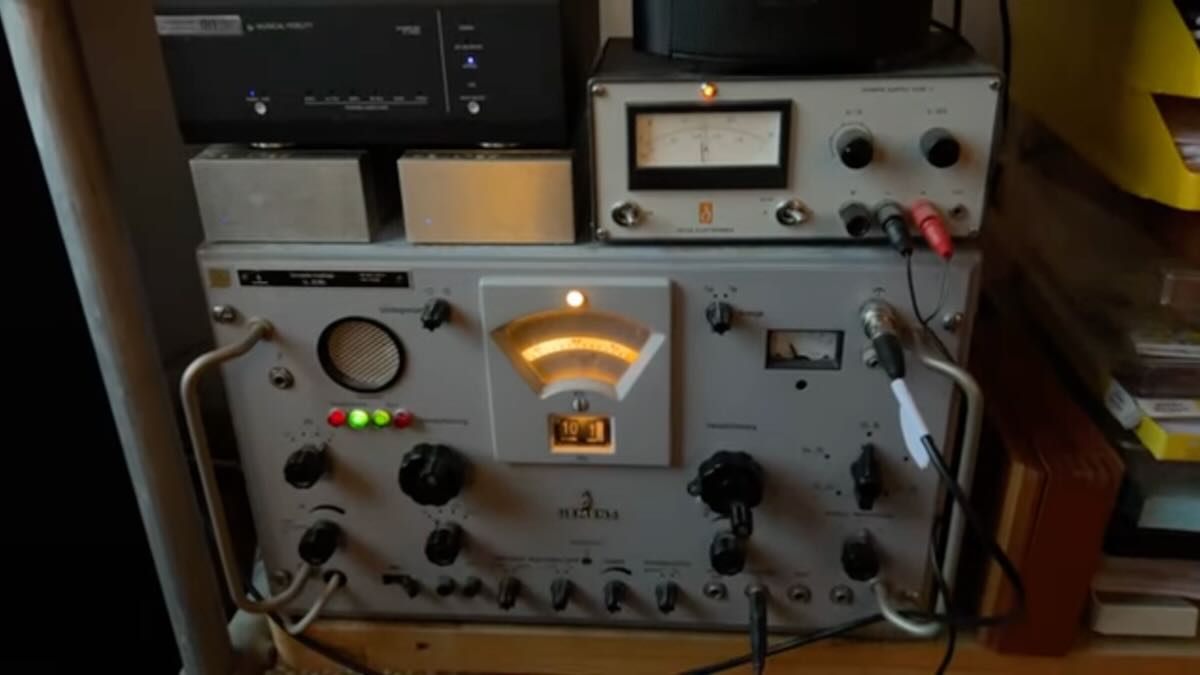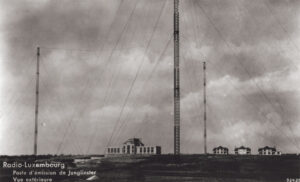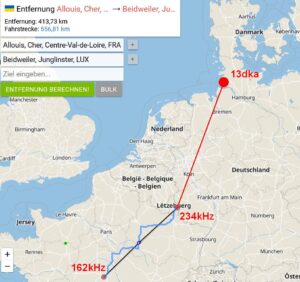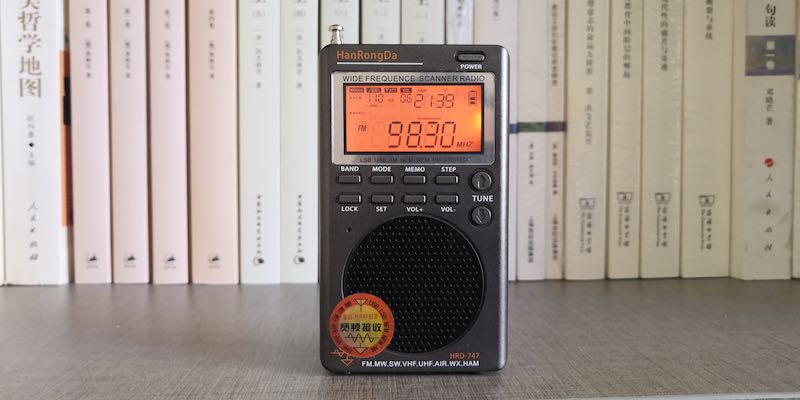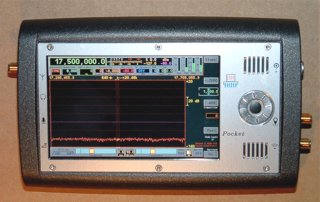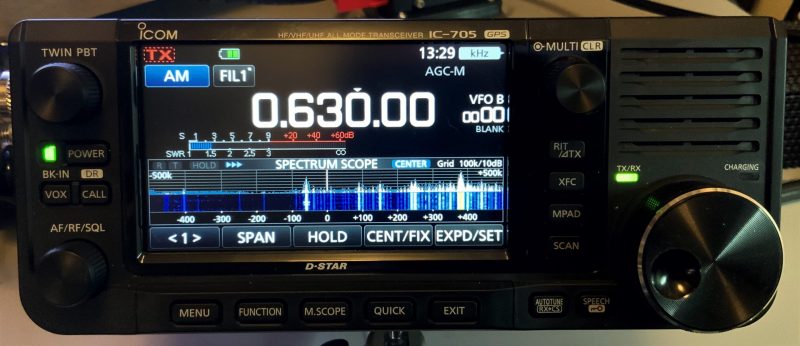Radio Waves: Stories Making Waves in the World of Radio
Welcome to the SWLing Post’s Radio Waves, a collection of links to interesting stories making waves in the world of radio. Enjoy!
Many thanks to SWLing Post contributors Dennis Dura, ______ for the following tips:
Third largest structure in Iceland demolished (RUV English)
Once ubiquitous, few radios now receive long wave broadcasts. Priority is now given to boosting FM signals. RÚV’s long wave transmitter in East Iceland has been demolished.
Monday saw RÚV’s East Iceland long wave transmitter switched off. The mast at Eiðar, at 218 metres the third tallest structure in the country, transmitted RÚV’s radio services across the east of the country and out into the Norwegian Sea. In a statement, RÚV say that the equipment needed to maintain the service is very expensive, and few radios now receive long wave broadcasts.
The change is being made in association with Iceland’s Civil Defence and other bodies concerned with emergencies, as long wave signals have traditionally formed part of emergency communication planning. However, an upgraded FM system will take over this function.
The long wave signal from Eiður, on 207kHz, has been replaced by a more powerful FM network in East Iceland. RÚV has increased the number of FM transmitters and renewed existing masts. Long wave transmissions will continue for a time on 189 kHz from Hellissandur at Gufuskálar in West Iceland – Iceland’s tallest structure at 412 metres – but it too will ultimately close, and then the FM system will fully take over the role of safety broadcasts. [Click here to continue reading and watch demolition video…]
Click here to watch the RUV report on the end of this longwave service (in Icelandic).
Blur’s Dave Rowntree: Long wave radio changed my life – BBC mustn’t switch it off prematurely (iNews.co.uk)
Long wave radio changed Blur drummer Dave Rowntree’s life. Now he warns the BBC not to switch off the shipping forecast signal until the whole country is digitally connected
From childhood to his chart-topping days with Blur, long wave radio has played a central role in Dave Rowntree’s life.
Now the drummer has warned that the BBC’s plans to switch-off the crackly signal could disenfranchise millions of radio listeners who still struggle to receive digital transmissions.
The BBC will end AM radio transmissions – including long wave, home of the Shipping Forecast and medium wave – currently still accessed by an estimated 6.5 million listeners each week.
BBC Radio 5 Live’s medium wave frequencies will fall silent by the end of 2027 with a date for ending long wave currently under discussion.
Rowntree, who holds an amateur radio licence and took inspiration from the shipping forecast for Blur’s hit “This Is A Low”, said the signal should not be turned off prematurely. Continue reading

